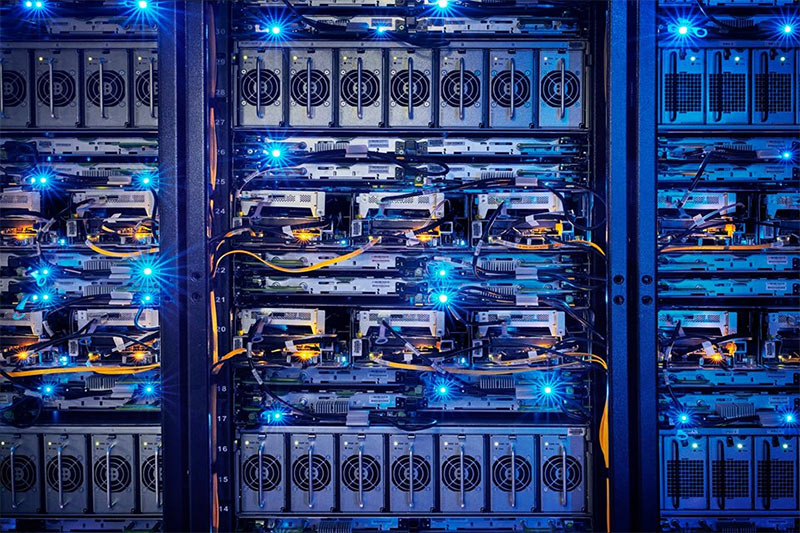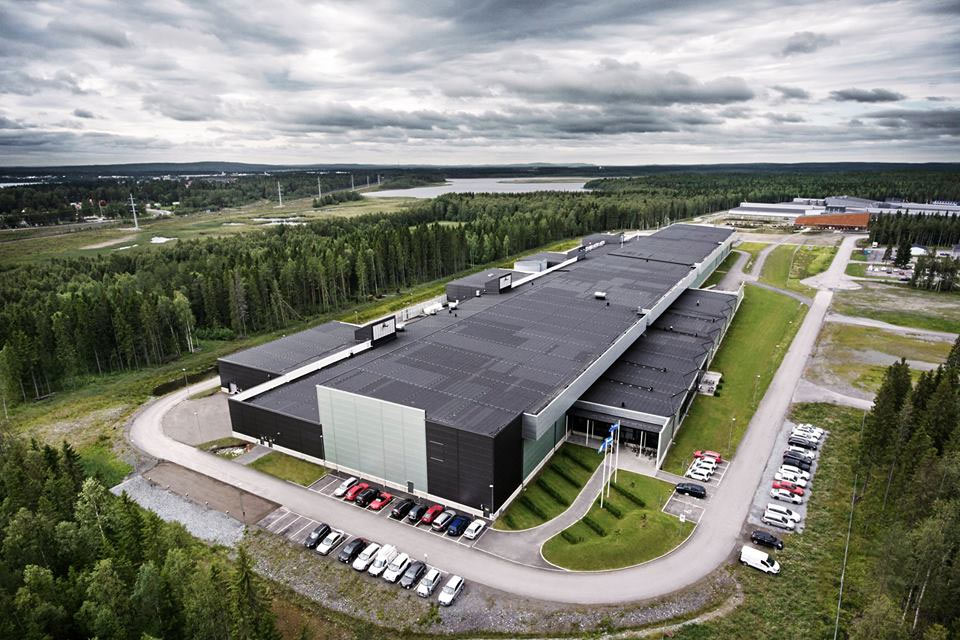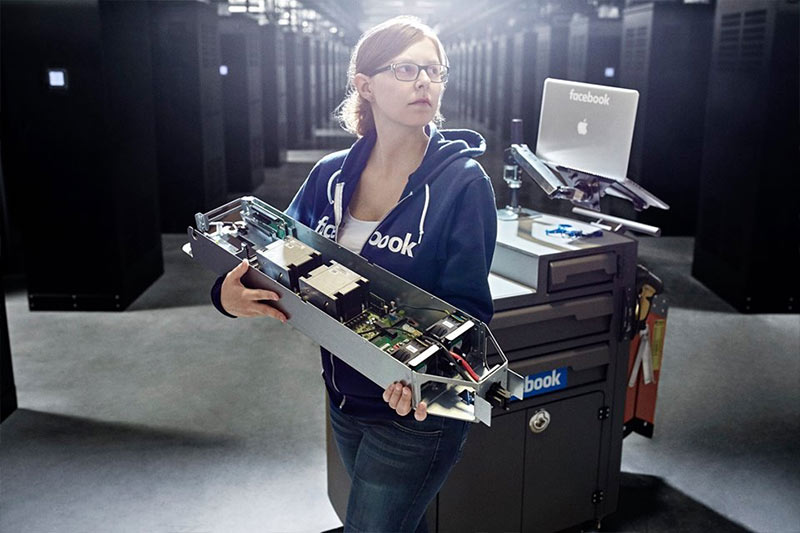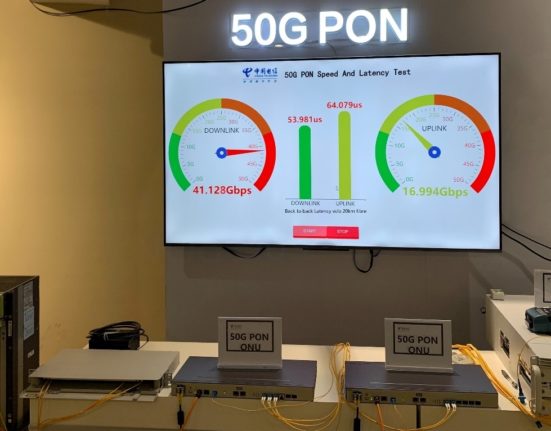Mark Zuckerberg has announced to show off some of Facebook’s cutting-edge, eco-friendly hardware over the next few months. He will be posting rare images of the technology on his own timeline at Facebook.

The first ones are from Luleå Data Center deep in the forests of northern Sweden. It’s a key part of Facebook’s global infrastructure, and it uses a variety of local natural resources to increase efficiency and save power. This Data Center was opened in 2013 as the first data center outside of US.

The small town of Luleå is less than 70 miles south of the Arctic Circle, and it’s typically pretty cold. For most of the days, the temperature in this area is below 10 Celsius.
Natural Resources are used to maintain temperature
The system uses large fans to pull in the outside air to naturally cool the thousands of warm servers that line the center’s broad hallways. In the winters, when temperatures can drop to minus 34 Celsius, the heat from the servers is used to warm the building.

A dozen hydro-electric plants operate on nearby rivers, providing a reliable and renewable power source. The whole system is 10% more efficient and uses almost 40% less power than traditional data centers.
The equipment is reduced to its basics so it runs cooler. It can also be easily accessed and repaired quickly. A few years ago, it took an hour to repair a server hard drive. At Luleå, that’s down to two minutes.
The building is about the size of six football fields; however there are only 150 people working inside its halls, one technician is required for every 25,000 servers.

The data security is flawless
Mark also emphasized on the importance of privacy, saying that nothing leaves the site and all the data is safe. The old drives are destroyed, so no one can access them or re-use.

Facebook also releases its data center hardware designs to other developers and engineers through its Open Compute Project.






